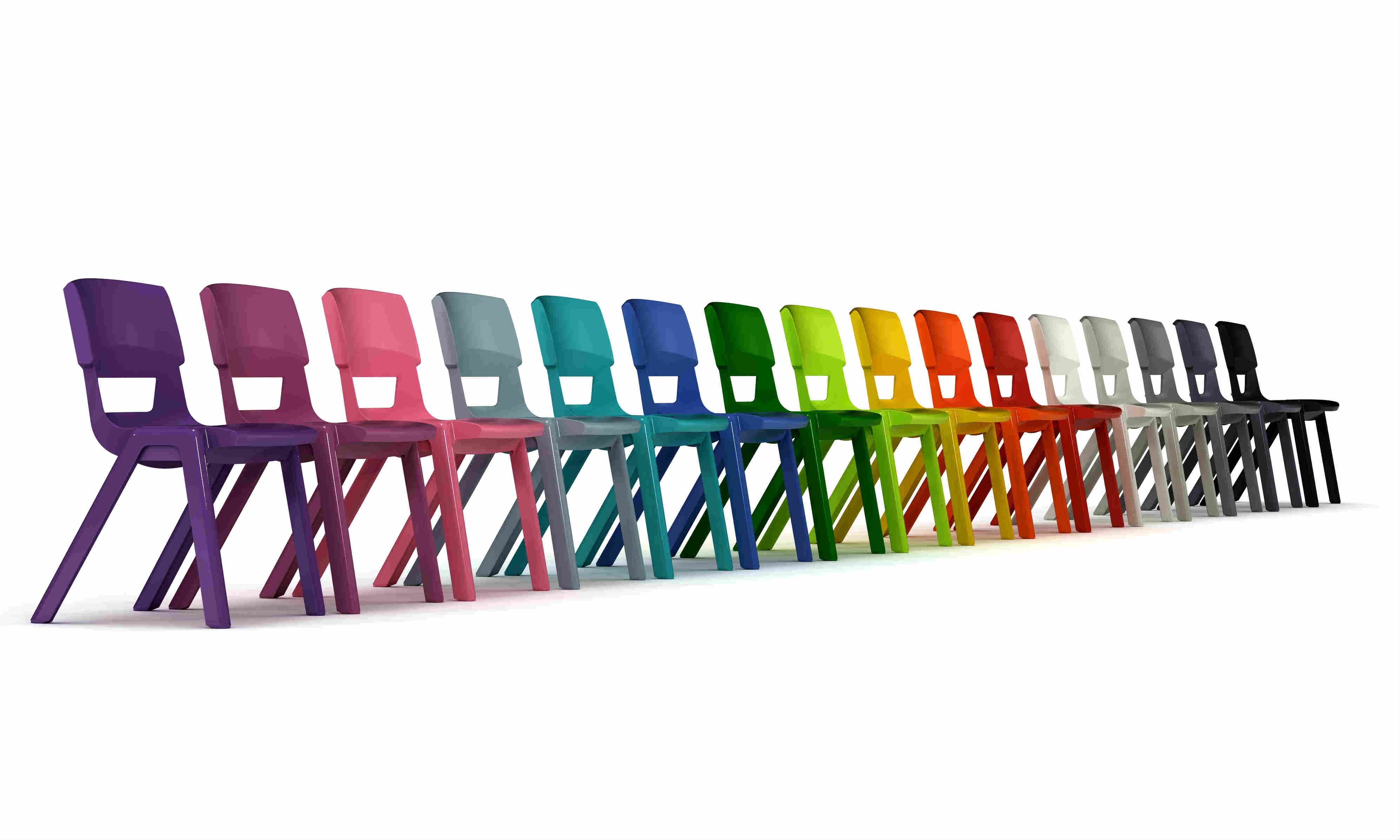Reshaping educational environments by Kevin Geeves Sales Director – Education for KI Europe
Education facilities, especially those for higher and further education are undergoing enormous change. Akin to the rapid evolution of workplaces, learning environments are adapting to the changing needs, expectations and priorities of its occupants. Largely, but not exclusively influenced by technology, educational institutions are creating spaces that are transforming the user experience. In an increasingly competitive market, they are acutely aware that they must be able to attract the best students.
A global playing field
As employers are in a ‘war for talent’, higher education and academies are globally competing for students. Students face fewer restrictions than workers when considering international opportunities as study visas are more accessible than work permits or a more permanent immigration status. While employers might be competing for talent domestically, universities are vying to lure students internationally. This is making higher education a valuable export and a vital component of the UK economy.
Changing expectations
The expectations of, and aspirations for architecture and design is being driven by local and international students alike, both of whom now pay substantial tuition fees. Expanded budgets are being provisioned for a greater investment in planning and fit out for every aspect of a campus. Education providers are regularly finding themselves at the cutting edge of architecture and design. From innovative wayfinding in large, complex structures to providing third spaces for people between lectures and formal study times, universities and colleges are aspiring to create open and transparent physical environments that people love to be in. And just like many forward-thinking companies, maximising productivity and wellbeing are pertinent factors. Even academic and administration offices of universities are moving away from traditional cellular spaces to more open plan landscapes. The lines between learning and working environments are most definitely blurring.
A smooth transition
The design of university buildings has an undeniable impact on the expectations of students who are soon to join the workforce. This may explain why institutions cite employability statistics of their graduates as a measure of success. With youth unemployment crises across many advanced economies, being ‘work-ready’ can become an attractive benefit to students who are considering their options. If the physical environment is familiar, the transition will be smooth and the new generation are less likely to experience a culture shock.
And of course, technology matters a lot
The impact of technology can’t be ignored. Younger generations have different expectations of teachers, facilities and content. Showcased through evolved teaching methods and curriculums, advanced student awareness of ergonomics and comfort and by how students study, learn, and are assessed. The nature of their studies, like today’s world of work, demand collaboration and flexibility rather than solitary, rote education. Active learning - learning through experience rather than instruction - is transforming the physical space and the shape of furniture and fixtures within it. Nesting or stacking chairs, chairs on castors, or those featuring tablet arms are sought after in order to facilitate easy collaboration, and to create multipurpose spaces. Being able to immediately adapt to the lesson is becoming a priority.
Mobility, flexibility and connectivity are intertwined. Technology has allowed everything to be available at the touch of a touchscreen, students expect to be able do their work virtually anywhere. Future-proofed, low maintenance furniture and interior design that supports this kind of activity can improve the student experience. By selecting furniture that provides somewhere to prop up books, tablets computers, laptops, papers and notebooks can turn a dull lounge into a vibrant hub of activity.
About Postura+ chairs
KI’s iconic Postura+ chair was the first one piece polypropylene chair introduced to the UK education market in 1996. The chair is ergonomically designed to promote good posture and provide exceptional comfort. Injection moulded in the UK from 100% recyclable high impact-resistant polypropylene, Postura+ is available in 16 standard colours, with custom colours available. Strong, durable and light, they can be vertically stacked to 12 high.
The lower back lumbar design ensures perfect ergonomics whilst the graduating seat curve supports 'perch' and 'full' sitting positions and the unique waterfall edge of the seat provides comfort. The angled back legs prevent the chair from rocking or slipping and will not twist or distort. Postura+ is fully BS EN1729 certified with high fire retardancy and comes with a 20 year warranty. The chair is anti-static and stain resistant, helping it to stay cleaner for longer.
KI – the world’s #1 education solutions provider
KI’s furniture is used by millions of students every day, all over the world. Our position as a global leader across the education, healthcare and workplace furniture markets gives us a unique insight into learning environments of the future. Our own expertise is further enhanced by our investments in collaborative research with leading architectural practices, designers, occupational psychologists and more. From what we have learnt around technology improving wellness in the healthcare sector, to understanding generational trends and priorities of forthcoming generations – our crossmarket coverage presents a unique asset to educational institutions investing in their facilities. Voted the number one preferred furniture supplier for educational solutions by Contract Magazine every year since 2004 (U.S), our reputation for quality and innovation is backed by extensive warranties and outstanding performance


